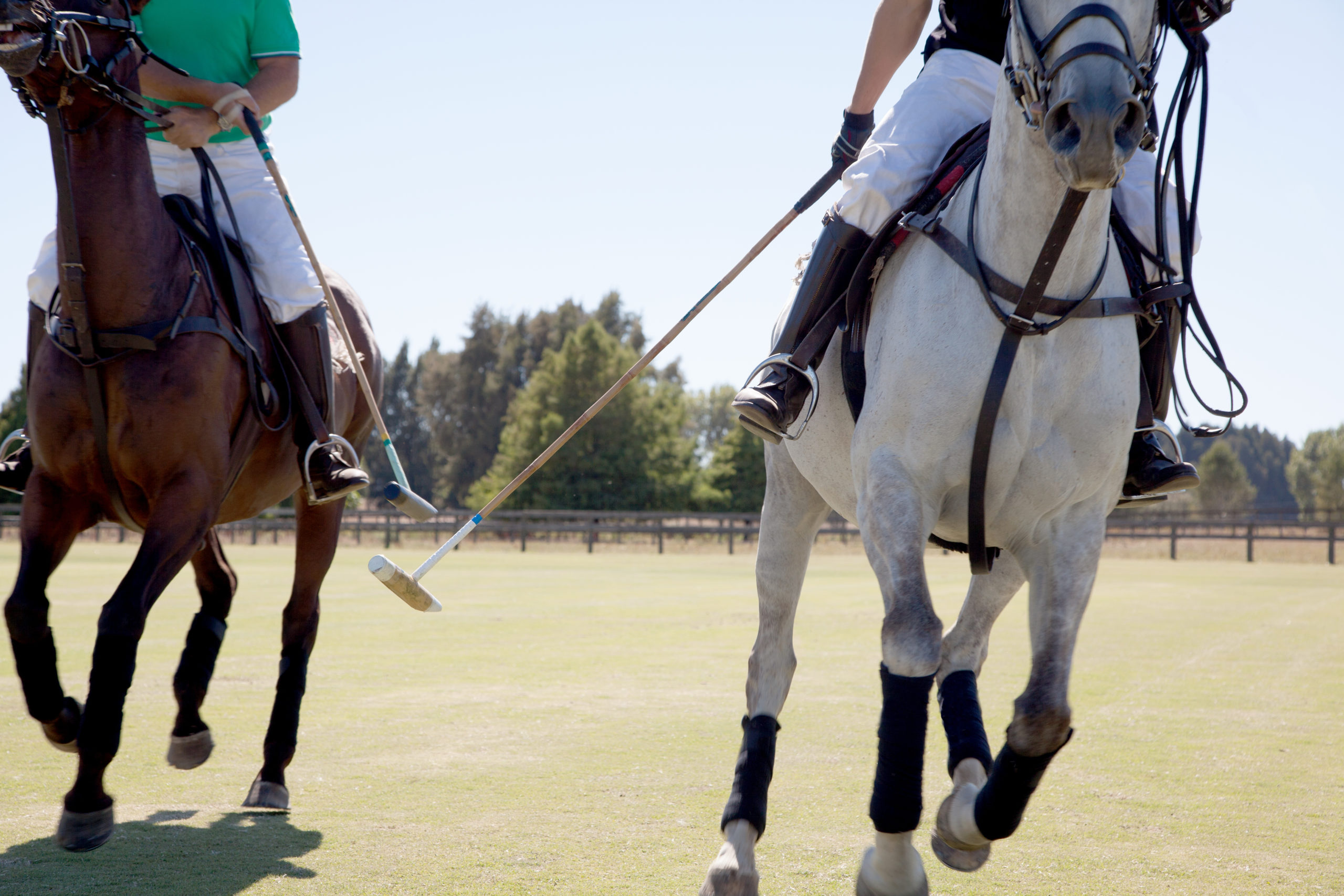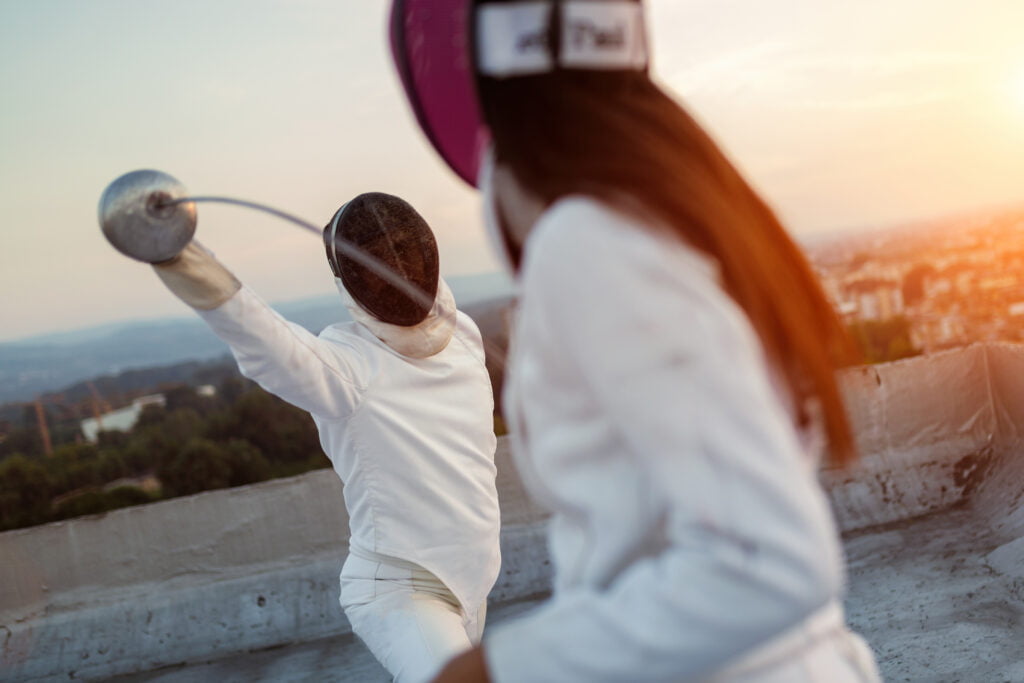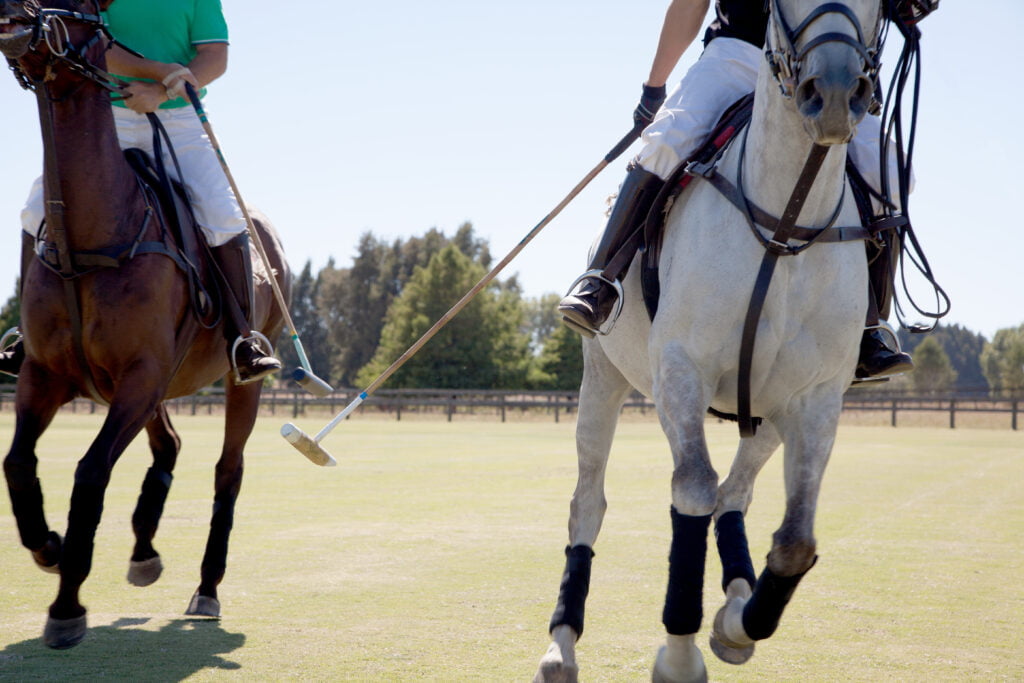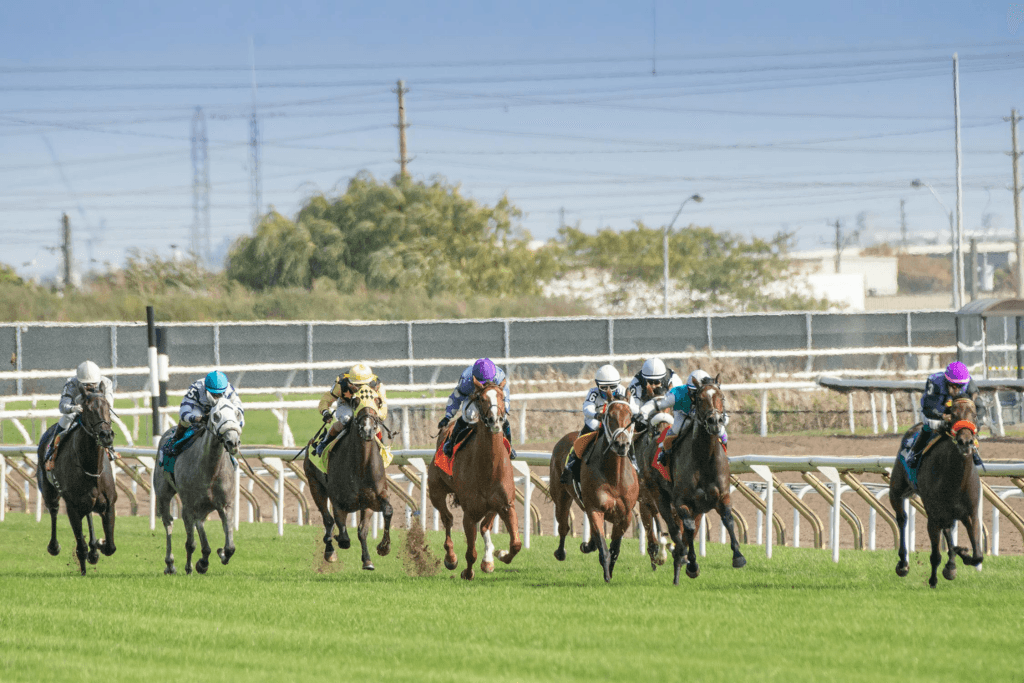Not all sports are easily accessible to the general public. While many enjoy watching high-profile sporting events, from the glitzy spectacle of Formula 1 in Monaco to thrilling polo matches, have you ever stopped to think about what it takes for the athletes and teams to compete at this elite level? Beyond the physical effort and dedication, a significant financial investment is often required. In fact, for many of the most expensive sports in the world, the cost of participation far exceeds that of traditional sports like soccer or basketball.
Some of the priciest sports require athletes to invest heavily in specialized equipment, training and even travel. These costs are often so exorbitant that without external sponsorships, wealthy patrons, or even loans, participation would be impossible for most individuals. The financial barriers to entry are sky-high, and while these sports are undoubtedly fun and thrilling to play, they certainly come at a cost that only a select few can afford. Below, we explore some of the most expensive sports and the financial commitments that make them so exclusive.
Pentathlons Are Sneakily Expensive
At first glance, pentathlons may not seem like one of the most expensive sports, but when you break it down, it’s easy to see why they rank among the costliest. A pentathlon combines five distinct sports—fencing, swimming, shooting, running, and show jumping. Each sport requires its own set of specialized gear, equipment, and professional training, creating a financial burden that adds up quickly.
To compete effectively in a pentathlon, athletes often need to hire five different coaches—one for each discipline. This means paying for expertise in everything from swimming techniques to perfecting your aim in shooting. For fencing, athletes need high-quality swords, masks, and protective gear, which don’t come cheap. Show jumping, which involves riding horses, requires the most significant investment as horses are expensive to purchase and maintain. Factor in boarding, veterinary care, food, and training for the horse, and you’ve got yourself a sport that demands deep pockets.
It’s easy to see how pentathlons can drain your bank account, making them accessible to only the most dedicated (and well-funded) competitors. Athletes spend thousands on the necessary equipment and often need to travel worldwide to participate in elite competitions, adding to the cost of an already expensive endeavor.
Wingsuiting: The Price of Defying Gravity
Wingsuiting, often viewed as the ultimate extreme sport, offers a thrill like no other. Participants don a specially designed suit, resembling that of a flying squirrel, and glide through the air, often at breathtaking altitudes. As exhilarating as it sounds, wingsuiting comes with a hefty price tag.
The wingsuit itself costs around $3,000, but that’s just the start. Wingsuiters often spend thousands more on skydiving equipment, including parachutes, helmets, and altimeters. However, the most significant expense comes from the necessary training. Before attempting a wingsuit jump, participants need extensive skydiving experience, which means paying for hundreds of jumps to develop the skills and confidence required. Each jump can cost anywhere from $200 to $500, depending on the location and the type of aircraft used.
Then there’s the travel aspect. Wingsuiters frequently travel to remote, scenic locations such as the Swiss Alps, the mountains of Nepal, or the cliffs of Norway to find the perfect jump spots. These trips require careful planning, and the costs of flights, accommodations, and transport can quickly add up. For many wingsuiters, the adventure and adrenaline are worth the price, but it’s clear that this sport is not for those on a budget.
We all know how important sports are for us. They help us with our physical well-being and our mental and emotional state. One doesn’t need to be a professional level sportsman to enjoy sports and their benefits. All one needs to do is dedicate some time to the sport and practice it regularly. Some more sports should be mentioned in this list, like bobsledding, ski jumping, and equestrian. Even sailing, which looks like a relatively easy-going sport, requires many investments. The moral of the story is that if you don’t have the money, try running.
Polo: A Sport for Royalty and the Elite
Polo has long been associated with royalty, aristocrats, and the ultra-wealthy. Often referred to as “the sport of kings,” polo involves riding horses and hitting a ball through the opposing team’s goal using long-handled mallets. While it may look like a refined and elegant sport, the costs involved are staggering.
The most significant expense in polo is the horses, known as “ponies” in the sport. A high-quality polo pony can cost anywhere from $15,000 to $200,000, depending on its pedigree, training, and performance history. But purchasing the horse is just the beginning. Polo players need several ponies to compete, as horses tire quickly and must be rotated during a match. The costs of boarding, feeding, training, and veterinary care for a stable of polo ponies can run into the tens of thousands of dollars annually.
In addition to the horses, polo players must invest in specialized equipment, including saddles, bridles, mallets, and protective gear. The sport is also incredibly time-consuming, as players need to dedicate hours to training both themselves and their horses. And let’s not forget the cost of participating in elite polo tournaments, which often take place in exclusive venues with high entry fees.
For those looking to break into the world of polo, financial backing is a must. While some players may receive sponsorships or support from polo clubs, most rely on personal wealth to sustain their participation in this expensive sport.
Formula 1 will run you hundreds of thousands in expenses
Formula 1 racing is the epitome of a high-cost sport. Known for its glamorous races in Monaco, Abu Dhabi, and other iconic locations, Formula 1 attracts the world’s wealthiest individuals and corporations. But behind the glitz and glamour lies an astronomical price tag that makes it the most expensive sport in the world.
The cost of a Formula 1 car alone can exceed $10 million, and that’s just for one vehicle. These cars are marvels of engineering, requiring constant upgrades and tuning to ensure they can compete at the highest level. Each race season, teams spend millions more on fuel, tires, spare parts, and state-of-the-art technology to give them an edge on the track. The crew, composed of engineers, mechanics, and pit stop teams, are highly specialized and command top salaries.
But the expenses don’t stop at the car. Formula 1 teams spend millions on renting racing tracks for testing and practice. Add in travel expenses, accommodations for the crew, and promotional activities, and the bill easily runs into hundreds of millions of dollars. No wonder only large corporations or billionaires can afford to sponsor a Formula 1 team. Even the drivers, often hailed as the best in the world, rely on wealthy backers to fund their journey to the top.
For aspiring racers without financial backing, the road to Formula 1 is nearly impossible. The costs of competing in lower racing divisions are already sky-high, and without sponsorships or significant family wealth, most drivers can’t afford to make it to the big leagues.
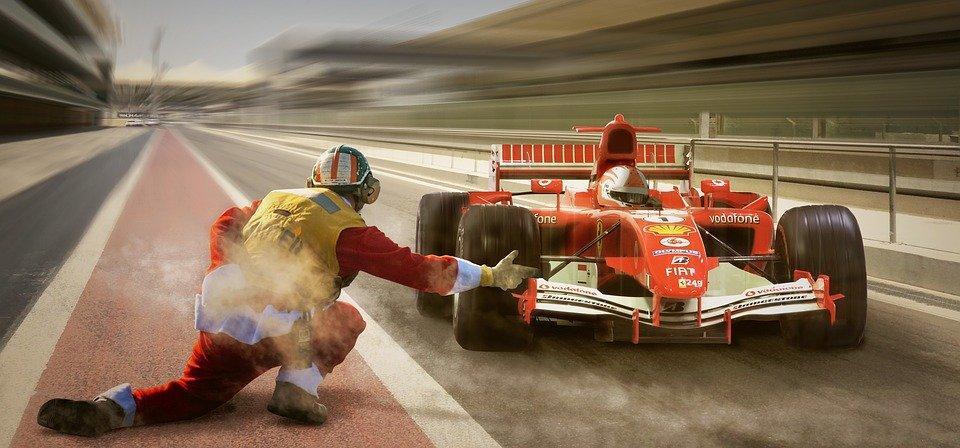
Running: The Most Accessible, Yet Sneakily Expensive Sport
At first glance, running seems like one of the least expensive sports. After all, it doesn’t require expensive equipment, horses, or cars like many of the elite sports mentioned earlier. You might think all you need is a good pair of sneakers, and you’re ready to hit the pavement. While running is undoubtedly more affordable than sports like Formula 1 or polo, the costs can add up quickly—especially if you’re serious about it.
For casual runners, the biggest expense might be a solid pair of running shoes. Quality running shoes that provide proper support and durability typically cost anywhere between $100 to $200. However, seasoned runners know that those shoes only last for about 300-500 miles before they need to be replaced, which means frequent purchases throughout the year for those who run regularly. In addition to shoes, specialized running gear, such as moisture-wicking clothes, compression socks, heart rate monitors, and GPS watches, can significantly add to the cost.
If you’re training for marathons, half-marathons, or even 5K races, the expenses continue to grow. Many runners hire coaches or join training groups to improve their performance, and these services don’t come cheap. Coaching fees can range from $50 to $300 per month, depending on the level of guidance you seek. Race registration fees can also add up—major marathons like the Boston Marathon or the New York City Marathon can cost $200 to $300 just to enter, and that’s not even factoring in travel expenses if you’re competing in a different city or country.
For long-distance races, such as ultramarathons, the costs soar even higher. In these races, runners need not only the right equipment but also food, hydration packs, and survival gear, especially for trail races that take place in remote areas. While running might start off as a relatively cheap activity, it can turn into a substantial investment if you’re aiming to compete seriously or explore different terrains.
Despite these costs, running remains one of the most rewarding and accessible sports. It offers the freedom to train anywhere, whether it’s the local park or a scenic mountain trail, and the sense of accomplishment after finishing a race is priceless. With dedication, runners find themselves getting fitter, faster, and more confident. And, unlike many other sports, running is something you can enjoy throughout your life—no matter your age or skill level.
Ice Hockey: Where the Costs Glide as High as the Players
Ice hockey is another sport where the price tag can surprise you. Whether you’re an aspiring NHL star or a weekend warrior, the financial commitment to play hockey is nothing short of significant. From the skates to the sticks, ice time to travel, ice hockey has earned a reputation for being one of the most expensive sports out there.
The first major expense in ice hockey is the equipment. A full set of hockey gear includes skates, pads, a helmet, gloves, and sticks—none of which are cheap. A good pair of skates alone can cost anywhere from $200 to over $800, depending on the quality and brand. Add in the cost of shin guards, shoulder pads, elbow pads, and a helmet, and you’re looking at an additional $500 to $1,000. Then, there are the hockey sticks. A high-end composite stick can run you between $150 to $300, and sticks tend to break, meaning you’ll need replacements throughout the season.
But the costs don’t stop at the gear. Ice hockey players need ice time to practice and play, and renting ice rinks is expensive. Ice time typically costs around $150 to $300 per hour, and most teams need multiple sessions per week to train. Then there are league fees, which can range from $500 to $3,000 depending on the level of competition. If you’re part of a traveling team, the costs climb even higher with travel expenses, including flights, hotels, and meals while on the road. Competitive youth leagues or junior leagues often require parents to shell out thousands of dollars per season to cover these expenses.
Let’s not forget about the cost of coaching and camps, which are essential for players looking to improve their skills. Hockey camps, especially those led by NHL-level coaches or professional training academies, can cost upwards of $1,000 for a week of intensive training. Many players also work with private coaches to fine-tune their game, and these sessions can cost between $50 and $150 per hour.
Despite these steep costs, ice hockey continues to thrive globally because of the passion players have for the sport. There’s something undeniably exhilarating about gliding across the ice, stick in hand, chasing the puck in a fast-paced game. The camaraderie built within teams, the physical challenge, and the excitement of scoring goals make the financial investment worthwhile for many. Ice hockey isn’t just a game; it’s a lifestyle, and for those who commit to it, the price of playing is secondary to the love of the sport.
For many, the dream of playing in the NHL is enough motivation to keep working hard, paying the fees, and pushing through the obstacles. The speed, skill, and heart required to play ice hockey make it one of the most rewarding sports in the world—both on and off the ice.
Conclusion: The Cost of Passion in Sports
While some sports come with a high price tag, the passion and dedication required to excel in them often make the financial investment worthwhile. Whether it’s the rush of running a marathon, the exhilaration of gliding across the ice in a hockey game, or the thrill of piloting a Formula 1 car, athletes and enthusiasts alike are drawn to these experiences for more than just the competition. It’s the love of the game, the sense of accomplishment, and the community that make these sports so rewarding, despite their costs.
At the end of the day, sports teach discipline, build friendships, and offer a sense of achievement that goes far beyond monetary value. While not everyone can afford the most expensive sports, the beauty of athletics is that there’s always a way to get involved—whether it’s through more affordable options like running or by finding creative ways to finance participation in pricier activities. The important thing is to keep moving, keep competing, and keep striving for those personal victories that only sports can provide.

